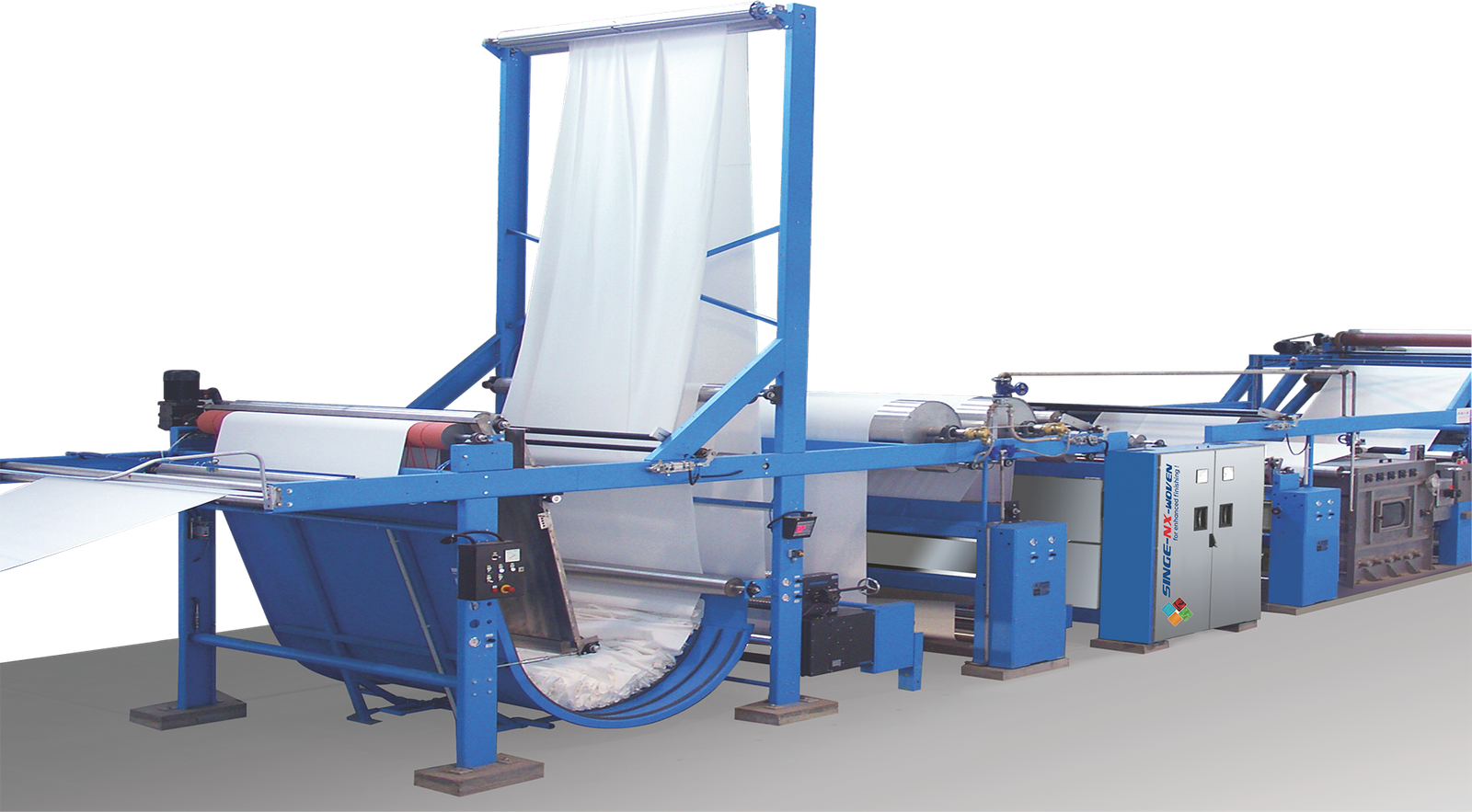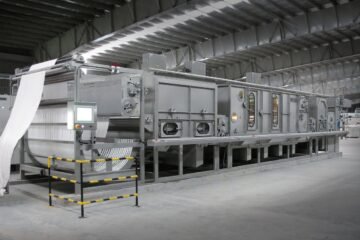The pre-dyeing stage is essential for preparing textiles for further treatments like dyeing, printing, and finishing. During this phase, any processing aids used in earlier stages such as spinning, weaving, or knitting need to be removed. These may include oils, waxes, and other substances, along with any natural or incidental impurities. A clean fabric is critical for achieving the desired quality in subsequent processes.
The steps involved in preparation vary based on the type of fiber, the structure of the textile (whether it’s in staple, yarn, or fabric form), and the specific finishing treatments planned. These decisions are influenced by market trends, customer preferences, the team’s expertise, and the available equipment.
Some common processes in the pre-dyeing stage include desizing, singeing, mercerizing, scouring, and bleaching. Each of these methods is adapted depending on the material and the conditions. In some cases, treatments like bleaching or mercerizing can be categorized as either part of the preparation or the finishing process, depending on the downstream needs of the yarn or fabric.
Singeing:
In the singeing process, the small fibers and fuzz on fabric surfaces are carefully burned off to give the fabric a smoother finish and make the weave more visible. This treatment is typically done on untreated, or “gray,” fabric, followed by a thorough washing to remove any leftover residue. A clean, oxidizing flame is used, which leaves no soot behind. The fabric is positioned between 1.5 to 4 mm from the flame, and a suction device draws the flame closer, focusing heat on the fabric. Depending on the material, fabric speed can range from 60 to 120 meters per minute. The perpendicular flame method is most common, while a tangential flame, which lightly grazes the fabric, is reserved for more delicate materials.
Singeing is commonly done on woven fabrics and yarns but is less frequent on knit fabrics, except when they will undergo a mercerizing treatment later. Enzymatic alternatives, such as those using cellulose for cotton and lyocell fabrics, can also achieve a similar effect by chemically corroding the fiber’s surface to remove fuzz.
For knitted fabrics that are singed, the process is typically carried out in tubular form, with only the outer surface being treated. A typical singeing machine includes several components: a detwisting unit, two types of brushes (one heavy, one light) to lift the fibers, eight gas burners spaced 2 cm apart, a cigger to expand the tubular fabric, and various rollers to feed and deliver the material. The fabric moves through a “fire ring” at a speed of about 70 to 80 meters per minute, where the flame burns off the raised fibers. This method is referred to as gas singeing.
Singeing is also done at the yarn stage to reduce yarn hairiness. The process uses a gas burner and a package-to-package winder, where the yarn passes through a flame that singes off protruding fibers at speeds between 400 to 1000 meters per minute. To ensure an even result, the machine carefully maintains a consistent yarn speed and flame intensity. Additionally, a fly fiber removal system and flame temperature control are essential for optimal results. It’s important to note that singeing can reduce the weight of yarn by 5-6%, so adjustments to yarn count must be made accordingly.

Desizing:
This process is applied to woven fabrics to remove the sizing agents used on the warp yarns during weaving. It’s essential to fully eliminate these substances to ensure the fabric can evenly absorb the treatment liquids in the next stages of processing.
For cotton yarns, which often use starch-based sizes, an enzymatic desizing process is commonly used. This involves applying amylolytic enzymes that biologically break down the starch into soluble by-products, which are then washed away. The effectiveness of this process depends on the concentration of enzyme molecules applied to each gram of fabric. The thermal stability of the enzymes, derived from specific bacterial strains, ensures they work effectively. These enzymes target only the starch molecules by breaking the alpha-glucoside bonds, leaving the cellulose (another glucose polymer in the fabric) unharmed, as its beta-glucoside bonds remain unaffected.
This selective reaction makes enzymatic desizing more efficient when dealing with starch-based sizes compared to alternative methods like alkaline or oxidative desizing, which can harm both starch and cellulose.
Oxidative desizing is employed when non-starch-based sizing agents are used or when starch is combined with polyvinyl alcohol. This method must be carefully controlled to prevent damage to the fibers while effectively removing the size. Oxidative desizing often precedes singeing. Enzymatic desizing is commonly done using semi-continuous or continuous systems, such as pad-roll or pad-steam techniques, but it can also be performed in batch systems like jiggers. For fabrics with water-soluble sizes, hot washing is sufficient to remove the sizing material.







